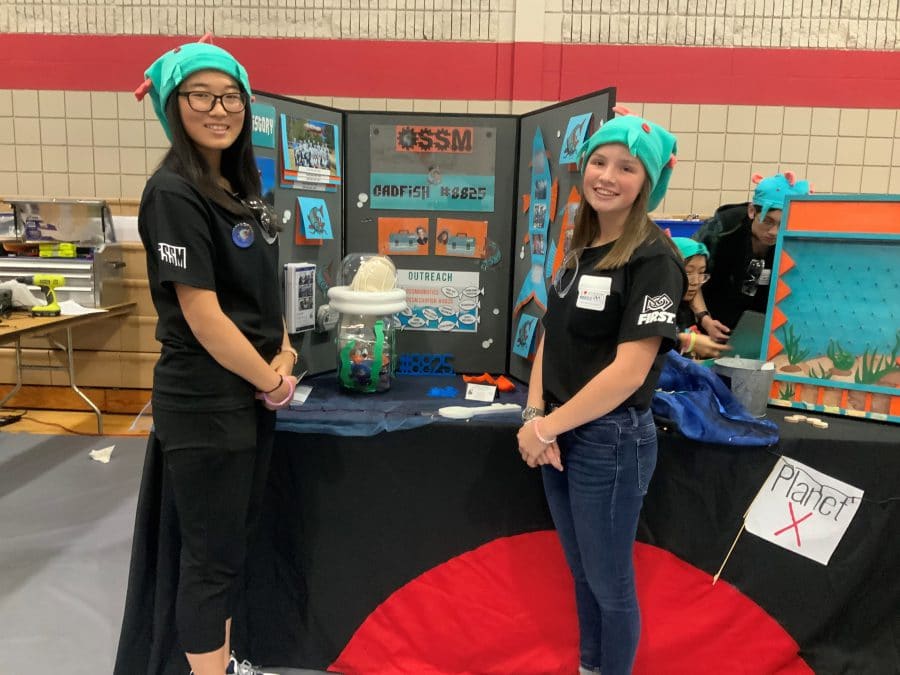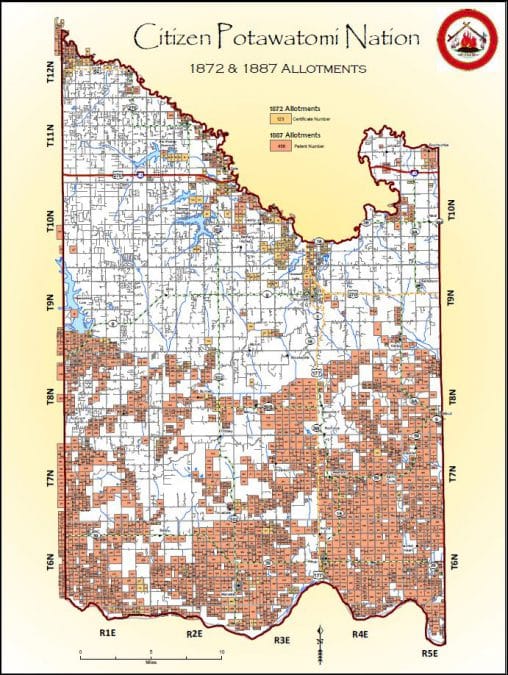This time on Hownikan Podcast, we’ll hear from a Tribal member and high school student whose dreams include space travel and learn about how CPN manages its land today. Language Department Director Justin Neely also teaches the differences between animate and inanimate words in Potawatomi.
Oklahoma School of Science and Mathematics student sets eyes on the skies
Although only a junior in high school at the Oklahoma School of Science and Mathematics, Pettifer family descendant Kyla Risenhoover’s main career goal reaches outside of earth’s atmosphere. She wants to become an astronaut. Studying at OSSM, the state’s premier high school for top students in STEM fields, is her first step.

“We’ve had over 30 African American male and female astronauts. We have had over 20 Hispanic-Latino astronauts, both male, female, and we’ve only had one tribally-registered male astronaut. So, I would really like to be the first female Native American astronaut in space, let alone on Mars,” Risenhoover said. “To me, that’s like my dream.”
For more about OSSM, visit ossm.edu. Find opportunities with the CPN Department of Education including scholarships, leadership programs and advising at cpn.news/education.
Citizen Potawatomi Nation land management and sovereignty
As the director of the Citizen Potawatomi Nation Real Estate Services Department, Charles Meloy oversees the day-to-day management of Tribal land. He sat down with the Hownikan Podcast to discuss how CPN uses its land today and how the department functions.

“When the land was owned in common, we had approximately 500,000 acres. After allotment, the Tribe wound up, through individual ownerships, with about 250,000 acres. Over the 120 year period, through six generations, the ownership of those allotments have been divided down to where currently there are only about 77 allotments left, and some of those allotments may have as many as 100 or 150 undivided owners in the allotment.”
For more information about the Real Estate Services Department, visit cpn.news/realestate.
Learning Language
It’s time for Learning Language, when CPN Language Department Director Justin Neely teaches song, phrases, stories and more. This episode focuses on something unique to Potawatomi – the differences in animate and inanimate words and what it means culturally.
A few examples of animate words considered inanimate in English:
- Sun — gises
- Moon — dbekgises
- Tree — mtek
- Pipe — pwagen
- Tobacco — sema
There are also words that switch between animate and inanimate, such as several iterations of the word for land.
Verbs can also switch depending on what or who is receiving the action (whether it or they is animate or inanimate).
Pluralization can also change along with other descriptive words.
Context is an important part of determining how words and descriptors are chosen to express animacy and inanimacy because spirituality, location and other more can all play a part in linguistic patterns.
For more information and opportunities with language, including self-paced classes, visit cpn.news/language. You can find an online dictionary at potawatomidictonary.com as well as videos on YouTube. There are also Potawatomi courses on the language learning app Memrise.
Hownikan Podcast is produced and distributed by Citizen Potawatomi Nation’s Public Information Department. Subscribe to Hownikan Podcast on Apple Podcasts, Spotify, SoundCloud and wherever you find your favorite shows. Find digital editions of the Tribal newspaper here.
